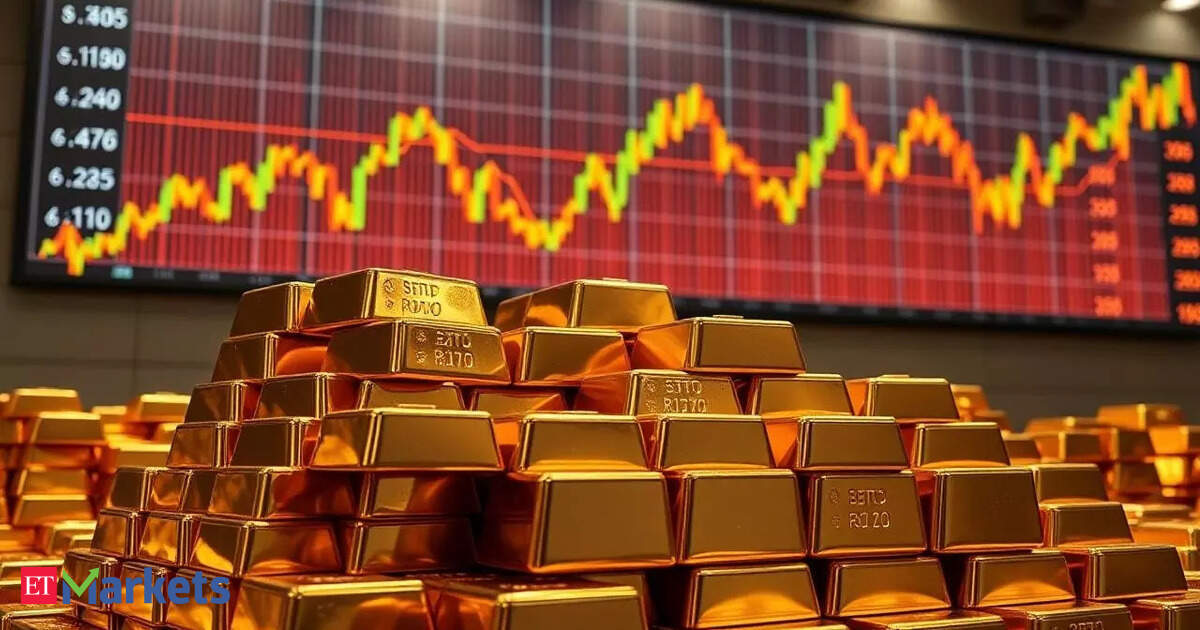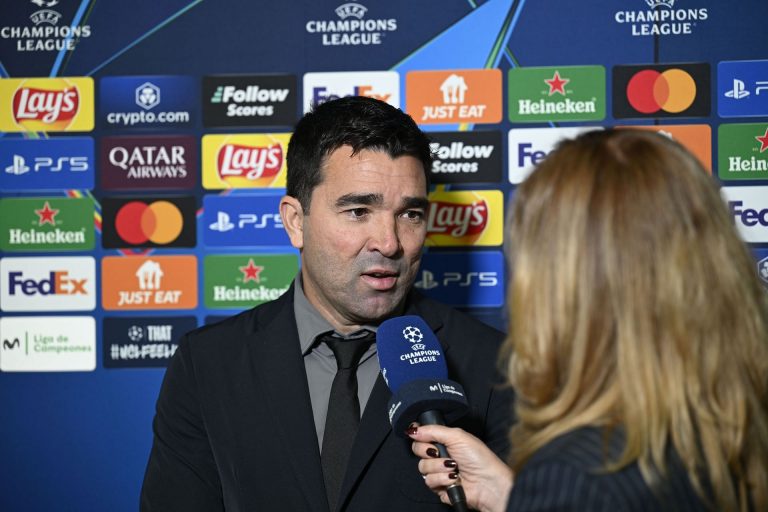The conflict between Israel and Iran intensified dramatically in the second week of June 2025, following Israel’s airstrikes targeting Iranian nuclear facilities and missile sites. These strikes reportedly killed senior Iranian military officials and top nuclear scientists, prompting swift retaliation from Iran in the form of drone and missile attacks.
Late on Saturday, US President Donald Trump said American forces struck Iran’s three main nuclear sites, and he warned Tehran it would face more devastating attacks if it does not agree to peace.
The escalation has raised fears of a broader regional war in the Middle East, a region critical to global energy supplies and stability.
As a result, gold prices have surged, with overseas spot gold nearing an all-time high of $3,451 per ounce last week. Meanwhile, in the domestic futures market, prices tested a record high of Rs 99,929 per ten grams. This spike reflects heightened investor anxiety and a flight to safety amid growing uncertainty. Historically, gold has served as a hedge against geopolitical risk, and the current crisis has reaffirmed its role as a refuge in turbulent times.
While the Israel-Iran war has dominated headlines, the ongoing conflict between Ukraine and Russia continues to exert pressure on global markets. The prolonged war has disrupted energy supplies, strained European economies, and contributed to inflationary pressures worldwide.These factors have reinforced the bullish outlook for gold. Investors are increasingly wary of prolonged instability and its implications for global growth, prompting them to diversify away from riskier assets and into gold.Beyond geopolitical factors, macroeconomic conditions have also played a crucial role in shaping gold’s trajectory. Recent U.S. inflation data came in softer than expected, with the Consumer Price Index (CPI) rising just 0.1% in May 2025. This has strengthened expectations of interest rate cuts by the Federal Reserve, potentially as early as September 2025.
Lower interest rates reduce the opportunity cost of holding non-yielding assets like gold, making it more attractive to investors. Additionally, central banks—particularly in China and Russia—have continued to accumulate physical gold as part of their strategy to diversify away from the U.S. dollar.
This sustained demand has contributed to a 29 percent increase in gold prices so far this year. In the last two-years, gold has risen by over 70 percent.
Looking ahead, the underlying drivers—geopolitical risk, inflation concerns, and monetary policy shifts—remain firmly in place. This may prompt gold to trade near record highs. In addition, the dual impact of the Israel-Iran war and Ukraine-Russia conflict has created a potent mix of risk factors that are unlikely to dissipate soon.
The recent surge in gold prices underscores the metal’s enduring appeal as a safe-haven asset during times of geopolitical and economic turmoil. As the world grapples with the fallout from the Israel-Iran war and the ongoing Ukraine-Russia conflict, investors are likely to maintain their bullish stance on gold. With central banks signaling dovish policies and global risks mounting, gold remains a cornerstone of defensive investment strategies in 2025.
(The author is Head of Commodities, Geojit Investments)
(Disclaimer: Recommendations, suggestions, views, and opinions given by experts are their own. These do not represent the views of the Economic Times.)







